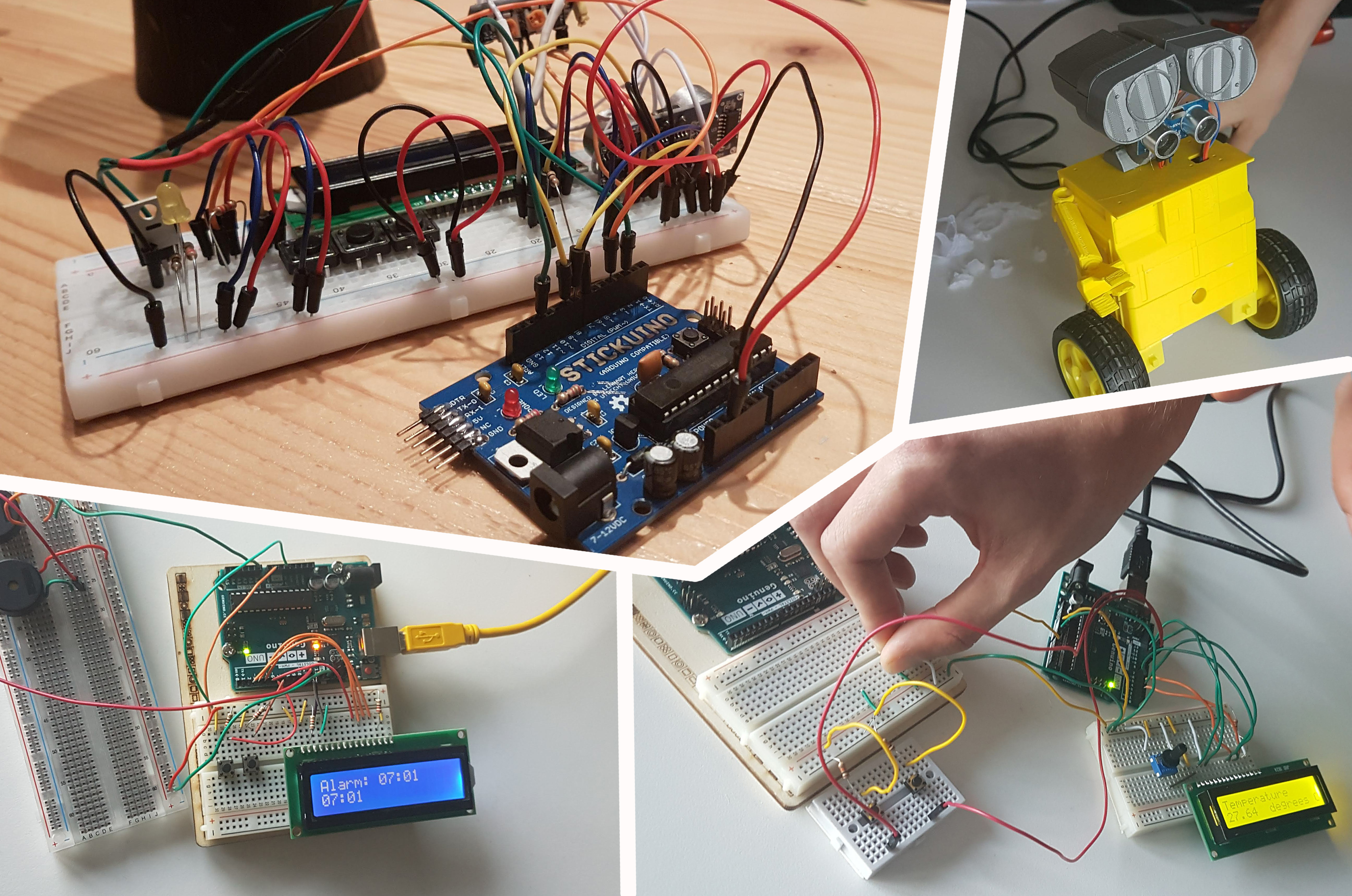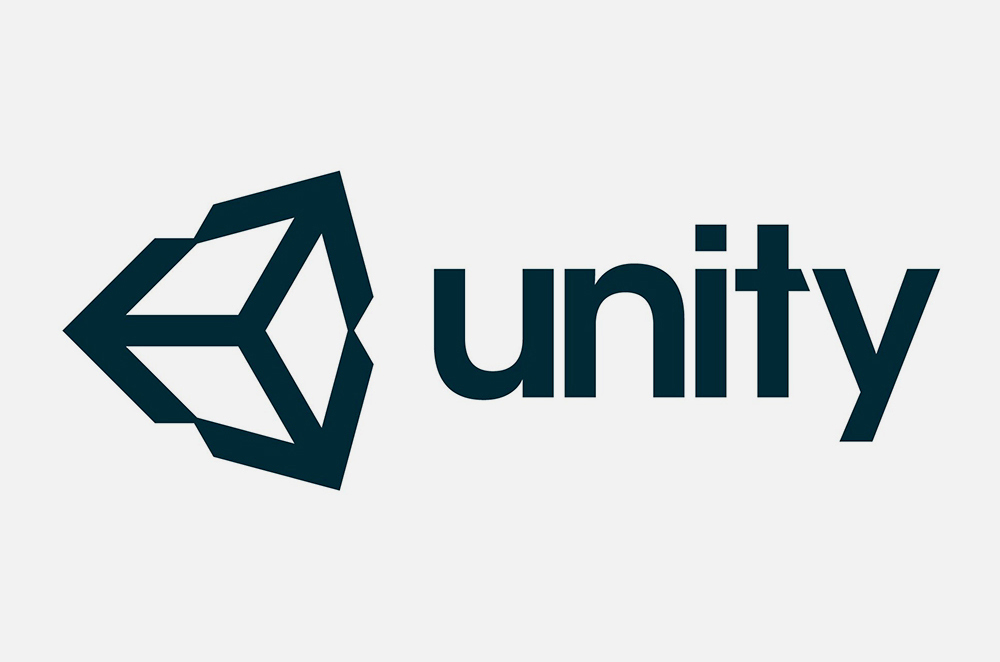


Official prerequisites are a bachelor mechanical engineering. Therefore I started out with some deficiencies, but I quickly caught up.
Completed:
This course focuses on telerobotics (manipulation of robots at a distance), as well as haptics (feeling the virtual world). It discusses impedance control, manipulability, scaling force feedback, contact and friction, haptic rendering, vibrotactile, ultrasonic, electroadhesion, force feedback, haptic guidance, different sensors and actuators and much more. There were also three practica. Two focussed on creating a force feedback simulation with teleoperation (with friction and collisions). The other focussed on creating your own research on haptics. We looked at the effect of vibration instead of visual feedback in VR controllers for precision in following a line.
For this course we developed a way to detect and display the force on a silicon tube when clipped. It is important to train students in surgery clip application on the correct amount of force to close a vessel, but not cause damage by excessive force,. For this goal, we designed a force sensing technique with a team of three, based on detection of light through the silicon tube. In this project, I was personally responsible for electronics and embedded code, while jointly with everyone in the team contributing to the design concepts, prototyping and evaluation. The resulting paper is downloadable here:
Applied experimental methods is a course where in a short time period, students execute their own research on a human factors experiment. We set up our own research question, methods, experimental setup, data collection, result interpretation and writing a paper. Our efforts were focussed on the relation of heart rate and experience of immersion in VR, with and without haptic backpack. The paper is downloadable here:

Mostly focussed on the fundamental engines behind games, not producing games (although I would be able to). For example, learning state-of-the-art methods on animation, graphics and physics engines. All courses are already completed:

I have done 1,5 years of the Computer Science Bachelor as a minor on top of 3 years chemistry (4.5 years total).
SenseGlove makes haptic gloves to pick up and feel objects VR. In my role as a Software Developer, I have worked on for example: the water physics in the SenseGlove Greenlab demo, on Bluetooth communication for peripherals, and integration of compatibility between different devices in software. While I mostly do software, I am a jack of all trades, and try to advocate and pick up the tasks which I think will have the most impact. Currently that means I am working on the calibration of the gloves which is the first thing customers see when they try one of our demos. This includes designing the process to cost minimum time and to be fun instead of frustrating. Aside from the design, this includes implementing this in Unity, and testing it with users to evaluate it. These improvements will improve the calibration process itself, but also the hand tracking, which in turn impacts how well you can interact with the virtual objects. Thereby I am designing a user friendly first time set up guide, accessible through a QR code on the SenseGlove Nova2 packaging. This will result in a smooth setup of the gloves for new customers. I love the variety of tasks, and the freedom to make an impact!
With Freeaim VR shoes, you can walk in virtual reality, while the shoes keep you centred within your play space. For a video, check the homepage which includes other interesting tech or the Freeaim website: freeaim.com. My thesis goal was to research the best method to map the physical movement of walking on VR shoes to movement in VR (locomotion). Development for this included rewriting the PC side software to improve the responsiveness of the shoes by communication (C++ PC side and Arduino), linking it to OpenVR, developing a Unity environment to compare locomotion options and performing a user test.
For my master internship I developed an input solution for SenseGlove. SenseGlove creates haptic gloves to grab, hold and feel objects in virtual reality (VR). However, most applications still use controllers as input and interactions such as teleport are not convenient with VR gloves. Adding a joystick and buttons would allow for faster interactions, and more compatibility. My role in this internship was to add this hardware to the gloves. Creating the design, electronics, firmware, software and CAD were all part of this internship. This was done respectively in C, C#, Unity and Autocad Fusion 360. The joystick and button functionality was fully implemented in the current SenseGlove software. I cannot share footage of the design due to confidentiality, but the result was a great user experience and a well-received demo. This is the first step to make the gloves compatible out of the box with many games and simulations available on the market.
Filling the time between bachelor and master, I worked on the Ditou table at Fair2Media. Fair2Media is a small company with total of 5 people (excluding me). The Ditou table is an interactive table where a beamer projects a map of real places via Unity. On this map, you move round disks as a cursor to place objects such as windmills and solar panels. The round disks are tracked by a camera above the table. My responsibility was to develop a new tracking algorithm for round disks on the Ditou table (C++ and OpenCV), and to make an environment in Unity loading, customizing and saving the map. Thereby, by using the tracked positions, 3D windmills and solar panels could be built on the map. Before I started, there was a table, a camera and a beamer. The previous solution they had, used infrared lights on battery charged disks to track them. So the entire tracking and also the map projection on the table was built from the ground up. The tracking and Unity environment communicated via NodeJS. The table is currently used to demonstrate the outcomes for building windmills and solar panels for citizens’ initiatives.
The Werfkracht project was built to get students in touch with education. It consists of working an average of four hours a week on diverse activities for secondairy school students. Examples are:

In this workshop secondary school students learn the fundamentals of Arduino. On day one they learn the basics by doing three projects from the Arduino starters kit book. After gaining some experience, they think of a project they want to make. They come up with amazing ideas like a "high five robot", laser vault protection system, velocity sensor or infra red remote controlled robots. At home, they start working on their ideas in the online Tinkercad environment. On the second day, they build their projects and solve the remaining bugs. It is always a joy to help in these workshops, since after this workshop they have built something amazing, while they generally have never programmed before.

This workshop teaches secondary school students with generally no programming experience to make simulations and games with the Unity engine. As a preparation the students follow the Unity tutorials. On the first day they make a rabbit population simulator by adding random movement, collision, reproduction and death. A predator and food is then added to the simulation. They think about a simulation or game they want to make at home and start working on it. They finish it the second workshop day. During these workshops I guided students as a teaching assistent.
In music programming, secondary school students learn programming, by programming their own song. In Sonic Pi they learn the basic principles of loops, methods and threads. It uses a programming language based on Ruby. To accompany their song, they also program an animation in Processing, which touches briefly on classes. This is a programming language related to Java. After these workshop, they have made a full music video using code. During these workshops I guided students as a teaching assistent.
Since I have done the chemistry bachelor, I also assisted in chemistry practicals. The gas chromatography (GC) practical was designed to enthuse secondary school students about chemistry. Secondary schools usually do not have expensive apparatus such as a GC. To give them experience with that, two students from Utrecht University are given a rental car and the equipment. They drive to the school, set up the equipment and give a presentation on the subject of catalysis and GC. The students then have a palladium, platinum, copper catalysts and as a control only the support: aluminium oxide. They then test how well these catalysts work for burning methane by looking at the end products with the GC. With one other student I transported the GC with equipment by rental car, and installed it at the secondary school. We presented, assisted students with the measurements and answered students with questions.
These lessons are part of a first year course in the Informatics Bachelor. I assisted this course, which means answering their questions about homework in dedicated hours throughout the week. Additionally, they were required to do a minitest every friday, to which I explained the answers afterwards. Topics include
Various tasks within University Utrecht:
When I was in high school I was interested in technology and wanted to gain some hands-on experience. I repaired bicycles every week in a local bicycle repair shop.